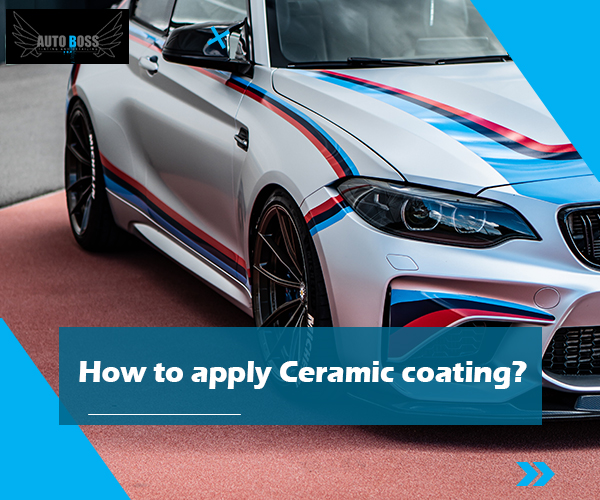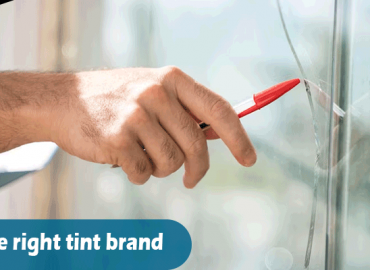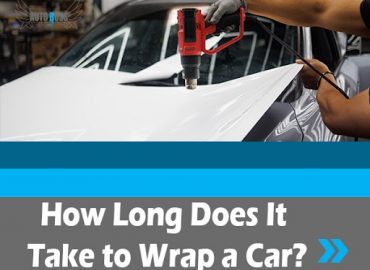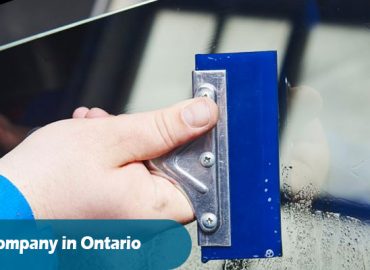Are you a car lover? If yes! then you also love to protect and maintain your car.
In past years, car lovers have used carnauba wax for the shine and protection of their cars. Then came polymer sealants, whereas the latest trend in car protection is applying ceramic coating outside the car.
Initially, ceramic coating gained popularity as a service that detailing shops provide. Now, it is available widely, affordable and much easier to apply and use. Ceramic treatments are available in concentrate kits, some in hybrid wax, and others in no-work wet sprays.
Ceramic coating
Ceramic coating is a nanoscopic exterior long-term automotive protectant and paint treatment. It is liquid and cures to create a hard layer on the paint top.
Composition of ceramic coating.
Typically, the ceramic coating consists of silicon dioxide. It is extracted from natural materials like sand and quartz. Some of the brands use titanium dioxide to harden the coating. It creates a chemical bonding with hydrophobic and water-repellent qualities. You can find the best Ceramic coating company in the Vaughan City of Toronto.
Applying ceramic coating outside
You will require the following safety measures before applying ceramic coating outside the car.
Gloves:
You will require gloves for hand protection. You will have close contact with the product.
Long sleeves shirt:
Cover your skin as early as possible.
A ventilator or mask:
Avoid breathing in the smell of ceramic coating. It would help if you used a mask before starting the application.
Other things you will require
Ceramic coating involves chemicals, so make sure to have these things.
- Paper towels
- 3+ microfiber towels
- A bucket
- Elbow grease
- Parts list
- Car soap
- Car wash sponge
- Ceramic coating kit.
Car surface preparation for ceramic coating
Car surface preparation is an important step in car ceramic coating. You can apply car ceramic coating by yourself, but getting it done by professionals provides perfect finishes.
Clean, clean, clean
The first step in car surface preparation is cleaning.
Wash your car properly and dry it. Use two bucket method.
Prepare the surface
Park your car in a well-ventilated, covered and shaded workplace.
If the car’s surface is hot, let it cool.
Ceramic coating cure time
Read the printed instructions on your kit carefully. The step-to-step guide for ceramic coating is
- Grab (kit’s) applicator.
- Apply the coating as per directions.
- Work in smaller areas and straight lines.
- Allow the coating to set.
- Clean the excessive product by wiping it off a fresh microfiber towel.
Give 24 hours for the product to cure. Don’t apply water or heat during this time.
If the ceramic coating is done properly, it will last for many years
- ceramic coating products
- professional ceramic coating
Conclusion
Considering the details mentioned above, if you apply the professional ceramic coating, it provides complete coverage. Most of the time, two and the top layers will be enough.
Using ceramic coating, you can maintain the original car paint and keep it in a safe position. You can easily avoid dust particles, mud stains and other contaminants. We help your car to protect. Contact our consultants to learn about the pros and cons of the ceramic coating. Call us now!
FAQs
Can I do ceramic coating myself?
Yes, you can do ceramic coating by yourself, but there is a fear of flaws which means a waste of material, in other words, money and time. A flaw in ceramic coating means an untidy look to your vehicle. So a wise suggestion is to approach a professional like (company name) and feel carefree. We take all the responsibility to give your car a perfect artistic touch with a promise to have a royal feeling while using your vehicle. Meanwhile, you can manage your time with some more important deeds.
What are the steps to ceramic coating?
There are almost seven steps to follow in ceramic car coating.
Step 1: Washing is the first step for ceramic coating. We suggest having your vehicle thoroughly washed, preferably hand washed. You can use a degreaser to make sure about cleanliness. Then comes the second step spray iron on the whole body of your wet vehicle. The spray turns its color purple after five minutes.
Step 2: Spray Iron Remover (IronX) –
Step 3: Claying is the third step to be done with your wet vehicle, which removes all the dirt and gives a glass-like smoothness to the surface of your car. Now rinse your care again thoroughly and carefully.
Step 4: The next step is to Super Dry your car using a microfiber cloth or a strong dryer. Ensure your car is hundred percent dry, not ready for the next step. Step 5: Machine Polish – you must give a professional finishing to eliminate minor flaws.
Step 6: The second last step is to apply polish or oil eraser using a brand new microfiber cloth to prepare your vehicle for ceramic coating.
Step 7: The seventh and most sensitive step is the application of the ceramic coating. Suppose you must carefully apply the ceramic with a new microfiber cloth in a circular motion.
What are the disadvantages of ceramic coating?
The seven topmost disadvantages are listed here
1st, it’s expensive
2nd only professionals can do it with all the minor detailing.
3rd through paint prep is required.
4th not easily available
5th water spots and easily damage to the finishing’s.
6th, It needs a lot of maintenance
Is it easy to apply a ceramic coat?
If you are new to applying a ceramic coating, it may give you a tough time. For professionals, this is only a game-like activity.
Is one layer of ceramic coating enough?
The initial package for ceramic coating comes with only one layer of the coat. It may also include one more layer. However, many packages come with five layers. You can apply ceramic coating layers as much as you want.
Many professionals recommend putting on multiple layers of ceramic coating. However, additional layers of ceramic coating add to your bill. In contrast, applying an additional coat on one coat doesn’t add to the level of protection.




